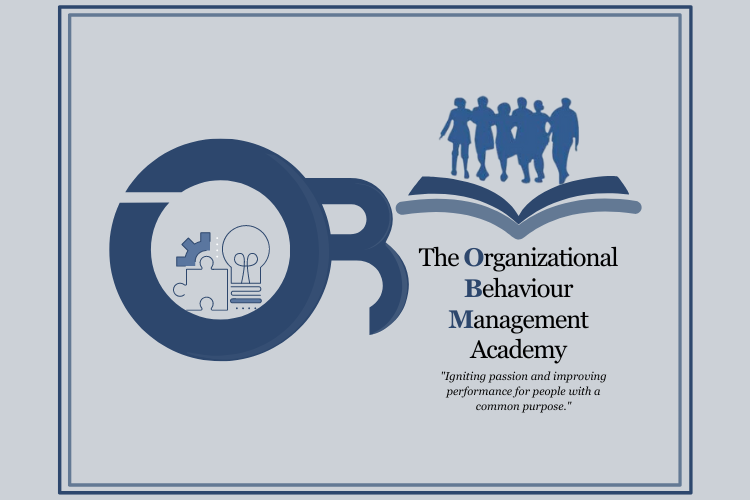When is the best time to collect data?
When is the best time to collect valuable data to analyse and support business decisions and management initiatives? Well, the best time is usually in the initial stages because it is during this stage that we are learning or applying our business processes, and often, we develop “learned behaviours” and find out what is working through trial and error at the initial stages of our projects and initiatives.
While many think that data is always structured to measure the path of cause and effects, or what we refer to as ‘metrics (from econometrics), there are two types of data that are used for analysis and will be helpful for functional and contextual understanding of causes or variables that lead to some effect, result or outcome.
When deciding which types of data to source and the length of data manipulation required after obtaining the data, it is essential to pull data at all phases, and the initial stages of a project or initiative are crucial in sourcing data. When you have many data sources, you can consider which ones can be pulled and managed as a primary or secondary resource, and which ones are valuable for decision-making.
And one need not worry if initial data are unstructured. Many data that are later useful for analysis are initially unstructured. Analysts also consider the proportion of structured and unstructured data and evaluate the feasibility of using each type. Usually, the data you enter in spreadsheets and data input interfaces do not start as structured. Structured data is well-organized and easily accessed through query languages, sometimes ready to be transposed for visualization. Even before all look pretty, unstructured data may exist outside any organized repository or outside your data warehouse, and these data are the ones swimming in your data lake, ready to be fished or fetched. Sometimes, there are types of data that will never be structured, including text, emails, social media, images, audio, and video files. Organizing unstructured data for analysis requires more work, but the right tools and expertise can minimize the challenges. There is nothing structured that does not come from unstructured, like order can be revealed through chaos. At the beginning of the project or initiative, we need to collect data as much as possible, then identify relevant data sources and structure those data as we develop our collection approach and measurement system.
To begin or enrich your journey in business data analytics, you may visit our resources in our Business Data Analytics Microlearning Series and Resources. Don't hesitate to contact us for assistance with organizational training, teaching and learning events, or coaching. We are happy to share our expertise.
